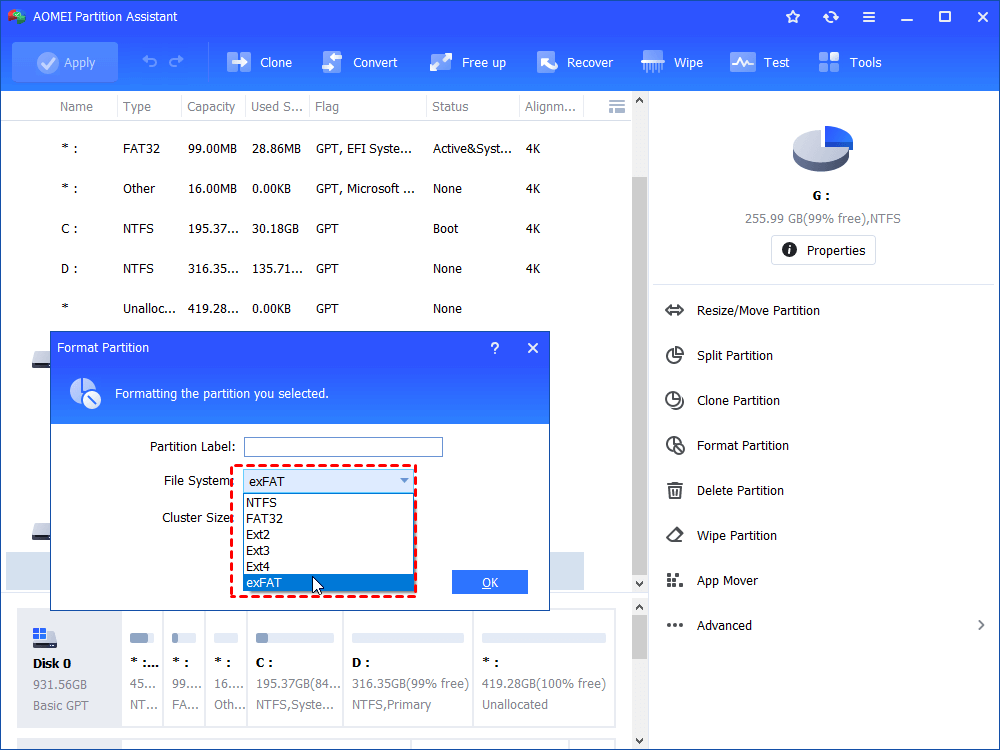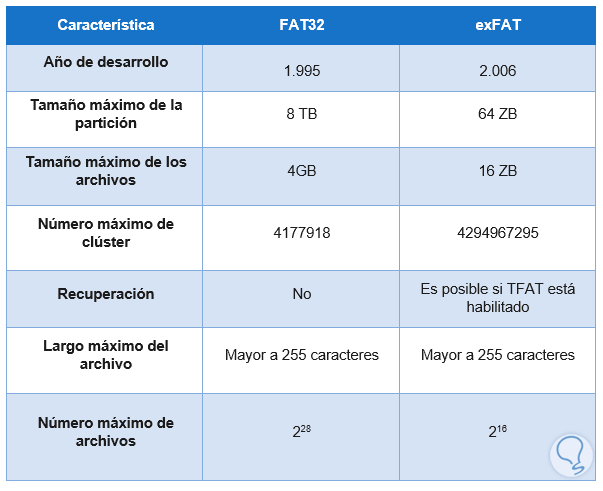

How to Check a USB Drive’s File System?Īs you can see, exFAT is the only file system that works with all versions of Windows and macOS and does not have any max file-size or partition-size limits.Note that there is another file system called FAT32 that pretty much does the same thing but with one major flaw. In other words, you can access the drive and transfer data without any hassles.
Exfat or ntfs for mac and windows Pc#
If your disk was initially formatted to NTFS on a PC (or HFS+ on a Mac), most likely you’ll suffer limitations, for example, the data on your drive can’t be read or written on one of your computers.įortunately, there is a file system (actually two, I’ll explain) that you can format your flash drive to be fully compatible with Mac and PC.

If you have a USB drive, and you plan to use it on both a Mac and PC, things can get a bit tricky here. By default, Macs are with HFS+ (since 2017 there’s new Apple File System, APFS, optimized for flash storage), while PCs are with NTFS. File backup under Linux-based bootable media is not supported.Īcronis True Image 2020 (Mac version) supports the following file systems:It’s no surprise that PCs and Macs do not work well with each other, due to differences between the two operating systems (Windows vs. ** Not possible to recover files from disk backup. * File systems are supported only for disk or partition backup/recovery operations. You cannot use Acronis True Image 2020 for file-level operations with these file systems (file backup, recovery, search, as well as image mounting and file recovering from images). However, you can recover data from a backup located on this type of file system.Īcronis True Image 2021 supports the following file systems in Windows and in Acronis Bootable Rescue media environment:Īcronis True Image 2021 (Mac version) supports the following file systems:Īcronis True Image 2020 supports the following file systems in Windows and in Acronis Bootable Rescue media environment: * You cannot back up data to a disk with an NTFS file system. ** Disk recovery, partition recovery, and cloning operations are supported without resizing.Īcronis Cyber Protect Home Office (formerly Acronis True Image) supports the following file systems on macOS: * File systems are supported only for disk or partition backup/recovery operations. You cannot use Acronis True Image 2021 for file-level operations with these file systems (file backup, recovery, search, as well as image mounting and file recovering from images). It is possible to restore all files at once in disk/partition recovery mode. exFAT partitions are shown as empty, when trying to browse and recover individual files.

It is not possible to browse and restore individual files and folders selectively from a backup of exFAT disk volume. exFAT is supported only for disk or partition recovery operations (without resizing). Note: WinRE/WinPE-based bootable media is required to recover system backups, stored on an exFAT-formatted disk. Note: ReiserFS partitions and disks cannot be backed up to Acronis Cloud. File systems supported by Acronis True Image in Windows and Mac environments DescriptionĪcronis Cyber Protect Home Office(formerly Acronis True Image) supports the following file systems in Windows and in Acronis Bootable Rescue media environment:


 0 kommentar(er)
0 kommentar(er)
